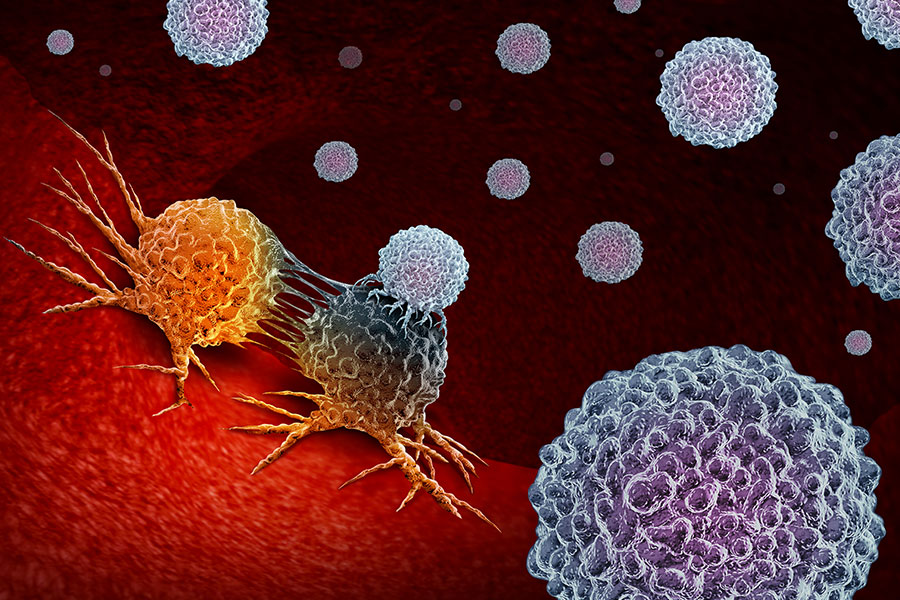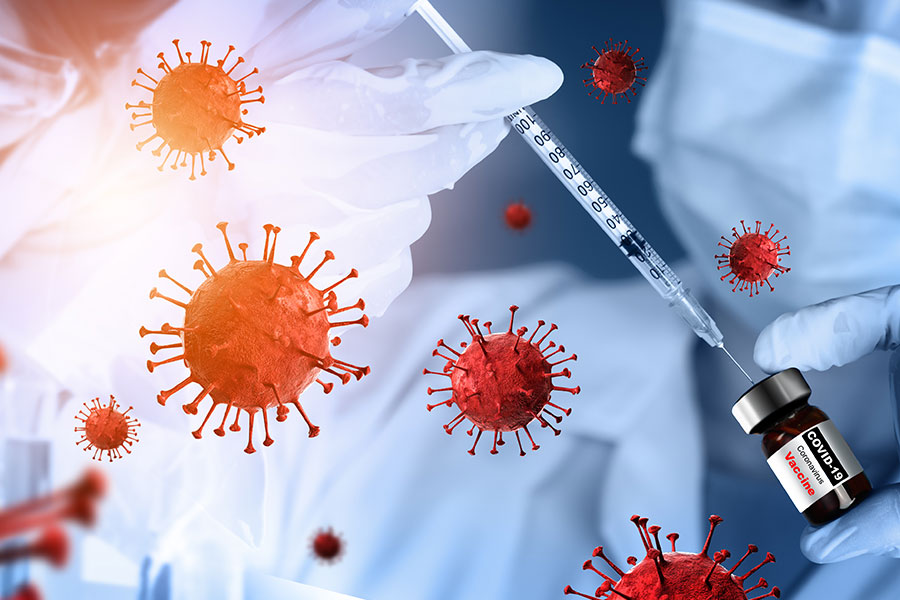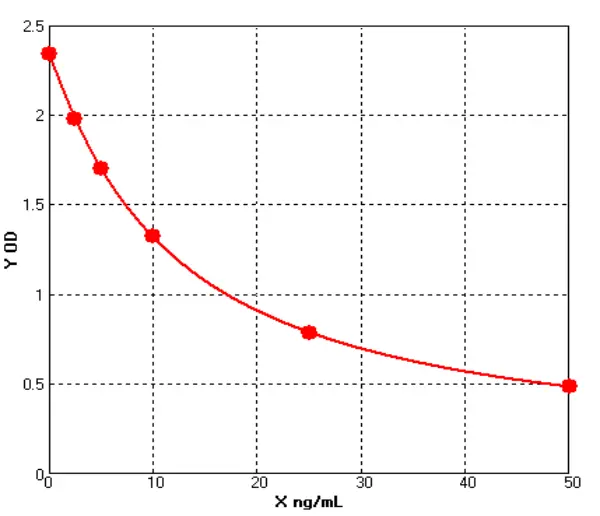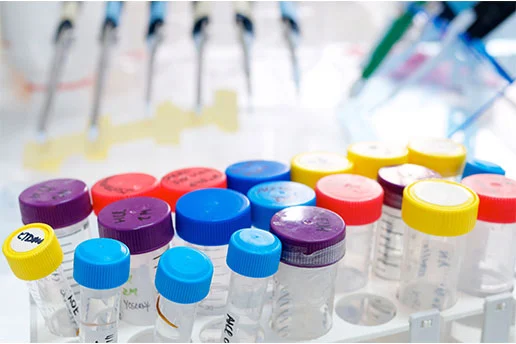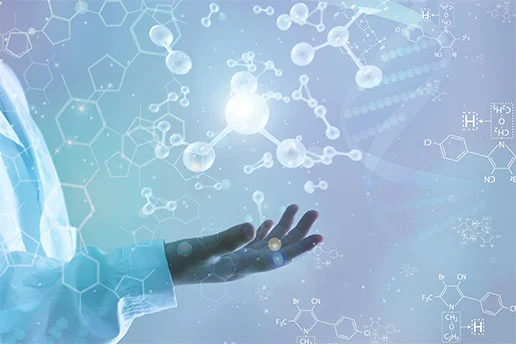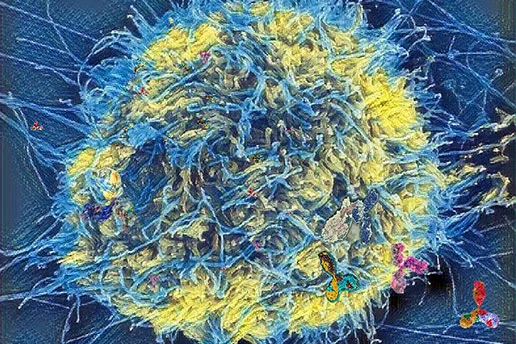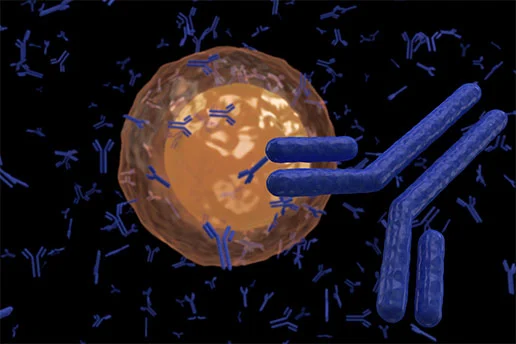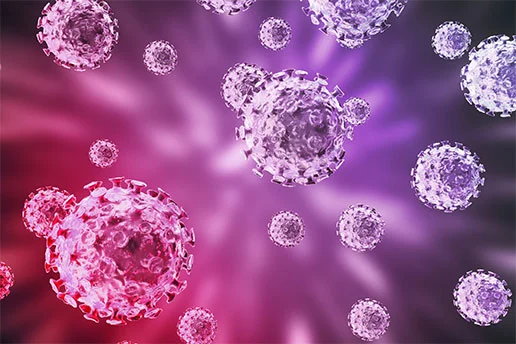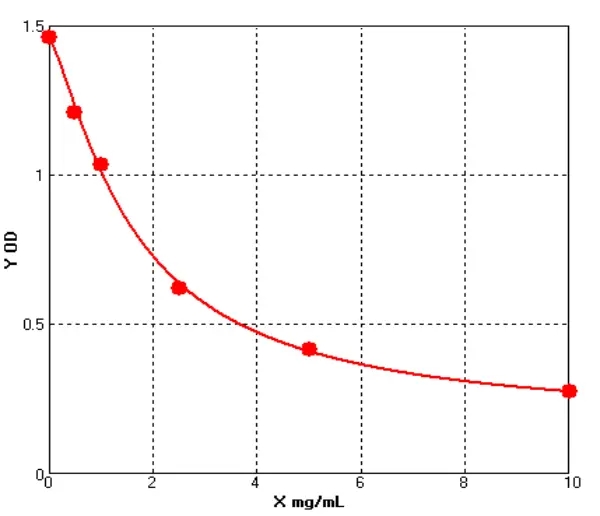- ELISA Kits
- Recombinant Proteins
- Plasmids
- Host Cell Protein Detection Kits
- Host Cell DNA Residue Detection Kits
- Cellular component protein library
-
Antibodies
- Promotions
-
Catching Hormonal Waves: Exploring Fish Cortisol Levels Using ELISA Kits
The aquatic world is a dynamic ecosystem where fish navigate various stressors that impact their health and well-being. Cortisol, a stress hormone, serves as a crucial indicator of the physiological r...
Dec.18, 2023Read More > -
Piggybacking on Precision: the Role of Porcine ELISA Kits in Scientific Inquiry
In the evolving landscape of swine health research, precision and accuracy are paramount. As scientists strive to unravel the complexities of porcine immunity, a crucial tool has emerged – the Porcin...
Dec.08, 2023Read More > -
Evaluating Fish Wellness: Cortisol Elisa Kits in Fisheries
Fisheries play a vital role in providing a significant portion of the world's seafood. Whether it's for commercial purposes or recreational fishing, maintaining the health and wellness of fish...
Nov.20, 2023Read More >
Immunoassay
Among them, enzyme-linked immunosorbent assay has been widely used in the food industry, and it can be used to determine the substances people want to contain and the substances they don't want to contain. For example, people are now concerned about the detection of some substances in food safety: pesticides, drug residues, hormones, auxin, microbial toxins, mycotoxins or enterotoxins, natural toxins, and some additives.
Immunoassay has the advantages of effective sensitivity, specificity, rapidity and low costs. It can be used for routine analysis of a large number of samples, qualitative screening of samples, and quantitative determination of samples for determining the content of components to be tested in samples. Immunoassay technology can be divided into two categories: labeled immunoassay technology and non-labeled immunoassay technology. Labelled immunoassay technology includes enzyme-linked immunoassay technology, radioimmunoassay technology, fluorescence immunoassay technology, colloidal gold immunoassay technology and chemiluminescence immunoassay technology. Non-labelled immunoassay technology includes immunodiffusion and immunoelectrophoresis.
Immune diffusion is the technology of antigen and corresponding antibody molecules to diffuse and meet in the gel and then form antigen-antibody complex precipitation when the suitable concentration ratio is reached. It can detect specific antigens or antibodies. Immune diffusion can be divided into single immunodiffusion, radial immunodiffusion, double immunodiffusion and others.
